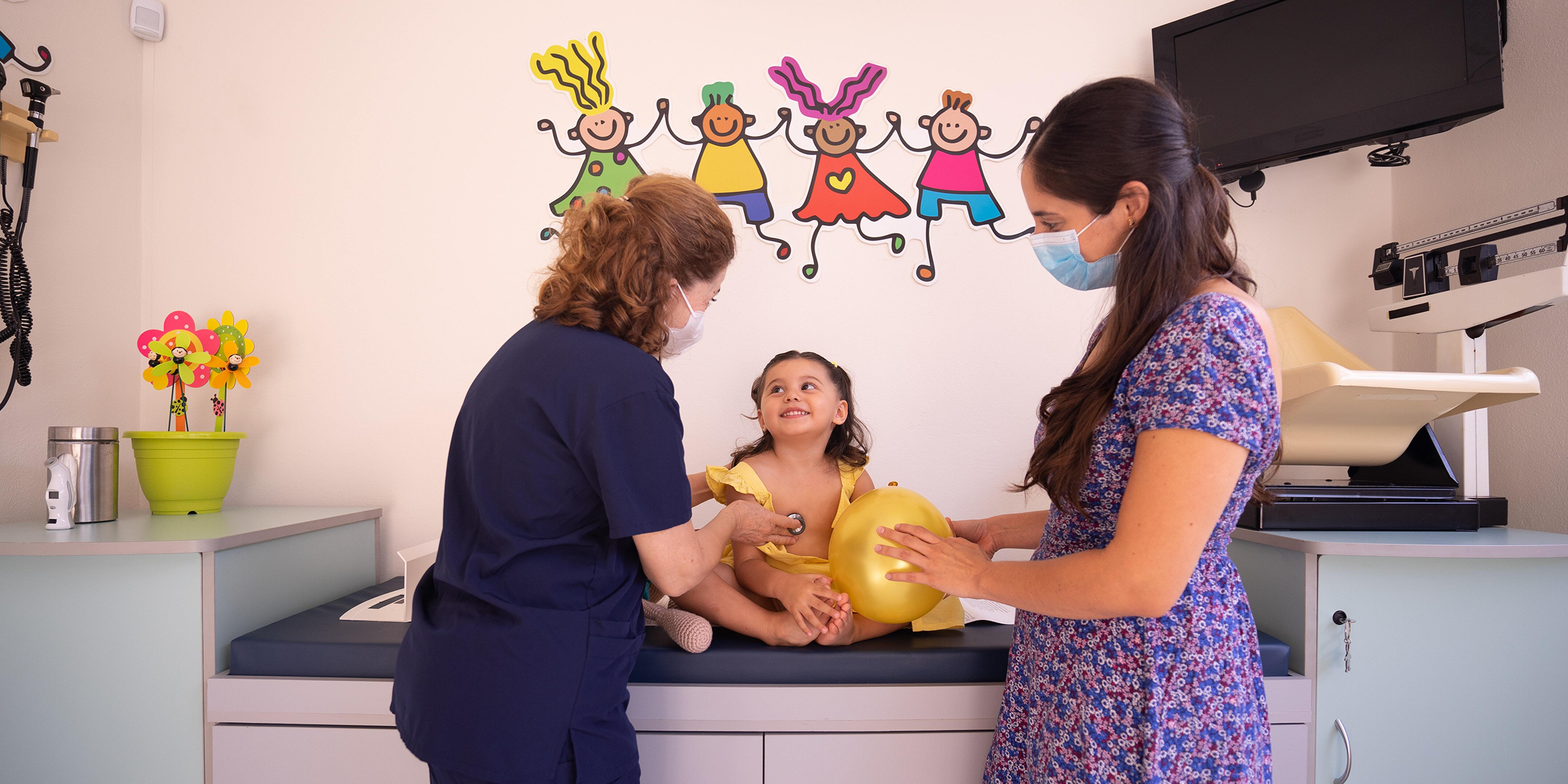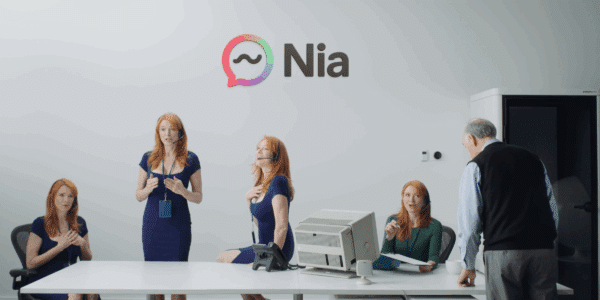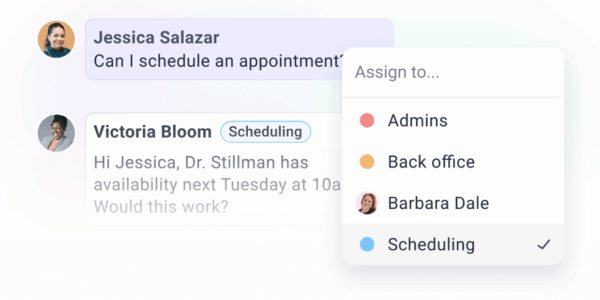Developing and maintaining patient physician relationships is critical to the success of a practice. Developing that crucial personal relationship with a patient can be easier said than done. Here are some tenants to abide by when looking to build a strong rapport with patients.
Physician patient relationships rely on great communication
A recent study found that “effective physician-patient communication is an integral part of clinical practice and serves as the keystone of physician-patient relationships.”
This should come as no surprise.
When it comes to our health, we all want need to have trust in our clinicians. The good news is that strong physician patient relationships are within our reach. It all begins with building a connection and providing communication channels that make sense for the patient.
How, where, when and through what channels you communicate are hugely important. You have to make patients feel that their wants and needs are being met. Remembering to put an emphasis on empathy and trust is essential when building a stable doctor patient relationship. Also important is remembering to connect with patients on their terms, in the way that best suits their lifestyle.
Ed Marx, Chief Digital Officer at Tech Mahindra, points out that it is human nature to preserve a good relationship. Patients who feel heard and understood by their provider are more likely to develop a strong physician patient relationship. This, he states, will lead to long-term patient retention.
When you’re hanging out with friends your relationship doesn’t end the moment you leave a friends house, right? As a trusted person in their life, why do we treat patients so differently? Communication is important even when the appointment has ended. There are now a wide variety of communication technologies available to maintain a strong patient physician relationship. By simply connecting and maintaining communication with a patient in their preferred manner a physician patient relationship can blossom.
Forming longitudinal physician patient relationships
Long-lasting physician patient relationships are possible and not as out-of-reach as they may seem. As Ethan Bechtel, CEO of OhMD, notes, “The longitudinal nature of healthcare separates us from other verticals out there because we grow over time, we change over time”.
In other words, we need our care providers to be able see how we evolve as people. Just as we would with friends, providers need to view patients as people and not just someone to whom you provide a service.
Just as our coffee order changes, so do our medical needs. Why should seeing a doctor be any less personalized than our morning almond milk latte? The answer is that it shouldn’t. Accommodate the long-term goals and needs of a patient through the use of healthcare-specific communication technology that streamline patient care. This allows physician patient relationships to develop and continue to thrive as patients adapt to the world around them.
Improved communication fosters better patient experience and loyalty to your practice
Research from The Joint Commission shows that strong communication improves health outcomes. How? Clear communication about symptoms leads to more accurate diagnoses of physical ailments. Feeling validated, supported, and comforted is associated with better outcomes. This is especially true for those seeking mental health treatment.
When interactions improve, patients are more satisfied with their care and are then less likely to have complaints. In other words, good physician patient relationships result in better outcomes for both your patients and for your business. Consider patient experience solutions that allow providers to work together as a team to maintain and strengthen relationships with patients. Patients who are easily able to communicate are patients who will return to your practice time and time again.



